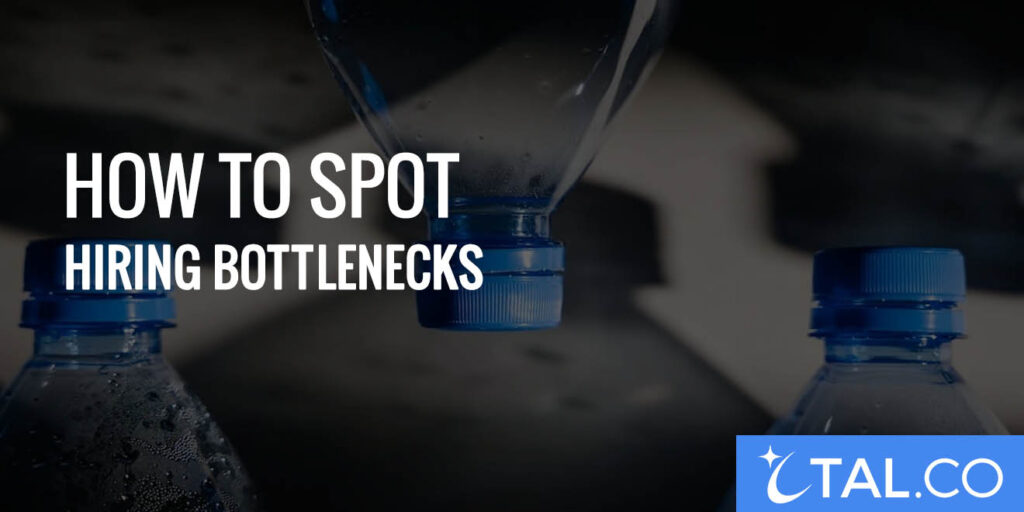
How To Spot Hiring Bottlenecks
If it feels like your open positions are collecting dust way longer than they should, you might be dealing with hiring bottlenecks. Maybe you’re missing out on top talent because the process just isn’t as smooth as you think. Whether your company is small, mid-sized, or a corporate giant, here are some telltale signs that your hiring process needs a closer look—and some practical tips on what you can do to fix things.
Outline
The Application Process Feels Like an Obstacle Course

Have you ever tried applying for a job at your own company, just to see how smooth (or painful) it is? A bulky application form that demands unnecessary details or requires multiple logins can scare away great candidates. If you get fewer applications than you expect, or high-quality candidates abandon the process midway, it’s time to shorten and simplify.
Tip: Audit your application form. Only ask for must-have information. Consider letting candidates import data from LinkedIn or attach a résumé directly.
Job Descriptions That Confuse or Overwhelm
Overly broad or confusing job descriptions can leave people scratching their heads, unsure if they’re the right fit. This can cause an onslaught of unqualified applications or, alternatively, drive away solid contenders who think they don’t fit every single bullet point.
Tip: Focus on the absolute essentials—clarify your must-have qualifications and highlight what success looks like in the role. That way, you’ll get more targeted applicants up front.
Lengthy Gaps Between Candidate Contact Points
Are your recruiters and hiring managers taking too long to respond to applicants? If elevated response times or extended periods of radio silence are common, top candidates can end up accepting other offers.
Tip: Communicate regularly and promptly. Even if it’s just a brief update to say, “We’re still reviewing your application,” that’s better than letting them wonder. Strong communication builds trust and keeps great candidates engaged.
Overstuffed Interview Stages
Sometimes a company has the best intentions—like ensuring every department’s input is included. But requiring multiple interviews over several weeks can slow things to a crawl. If your candidate pipeline shrinks significantly after two or three rounds, that’s a red flag.
Tip: Streamline your interview strategy. Identify the essential decision-makers and try using panel interviews instead of separate one-on-ones. It not only saves time but also helps you build consensus more quickly.
Inconsistent Criteria for Evaluating Applicants
One hiring manager might value years of experience, while another is wooed by a candidate’s culture fit. Inconsistency can hold up hiring because it leads to debates over who’s truly a fit.
Tip: Put together a clear rubric or scorecard that everyone on the hiring team agrees on. That way, you’re evaluating each candidate with the same yardstick, avoiding drawn-out indecision and confusion.
Closing Thoughts
Hiring bottlenecks aren’t just bad for your in-house recruiters; they also harm your brand image, potentially scaring off top-tier candidates. If any of the signs above look familiar, it’s time to take a hard look at your recruiting process.
By spotting issues early—whether it’s a convoluted application form or too many interview rounds—you’ll stand a better chance of connecting with right-fit candidates before someone else does. And in a competitive market, that can mean the difference between an empty desk and a thriving new hire.

